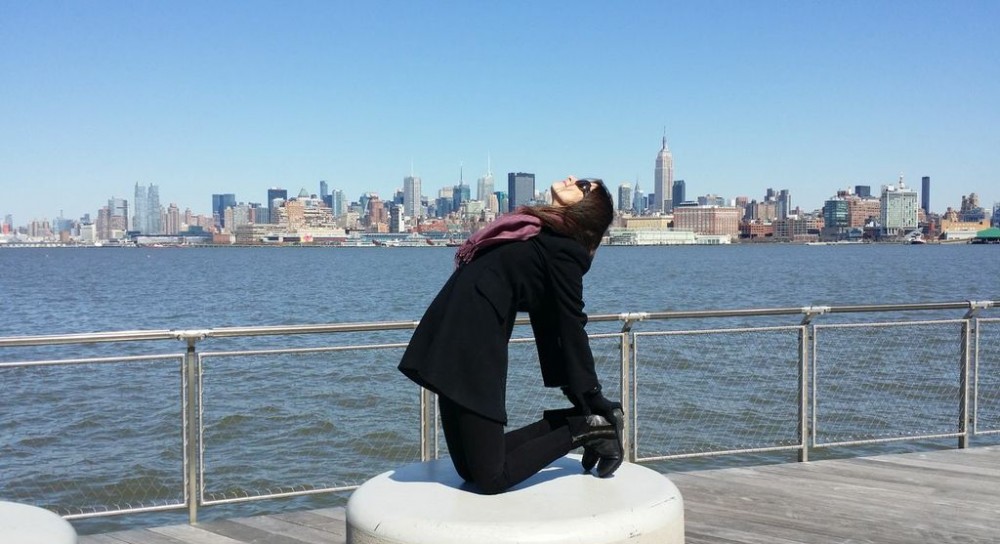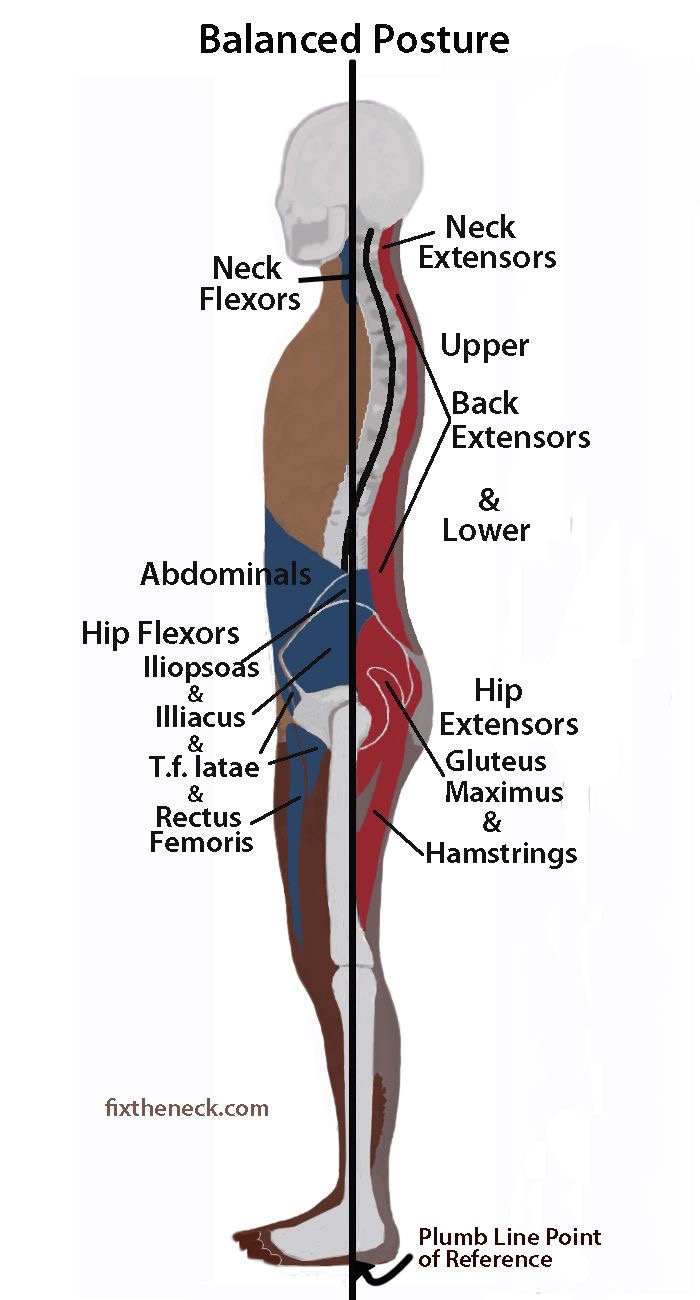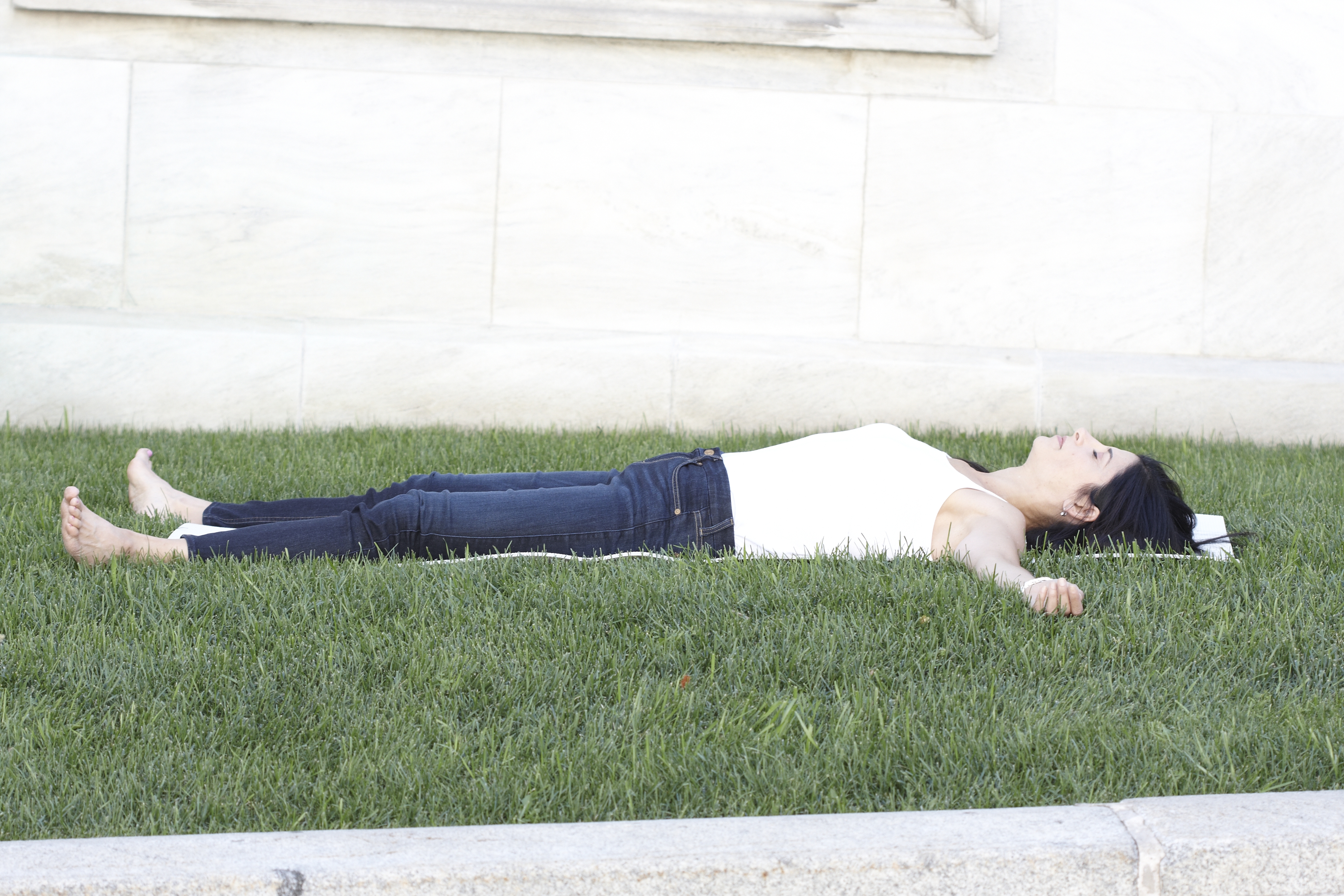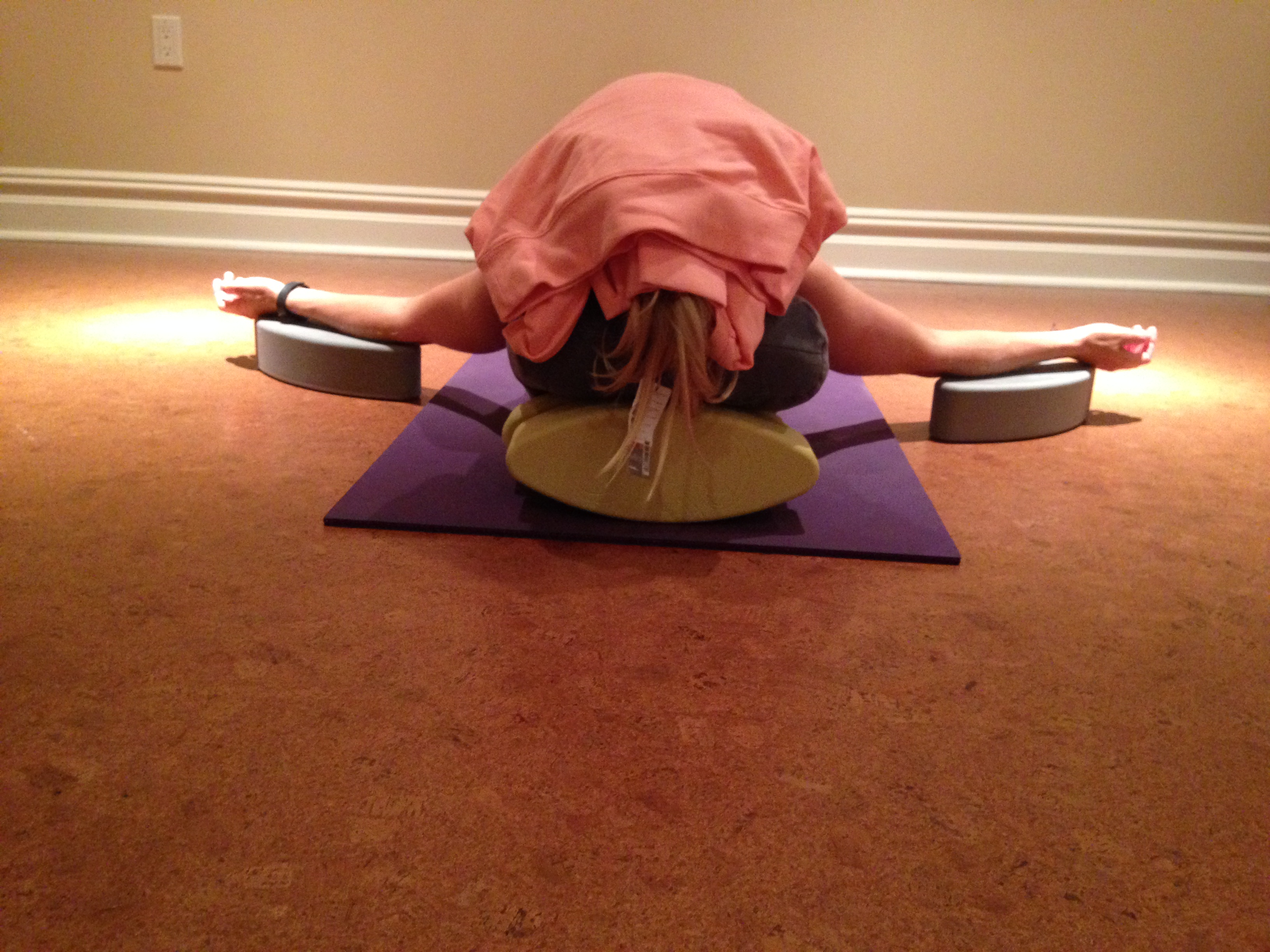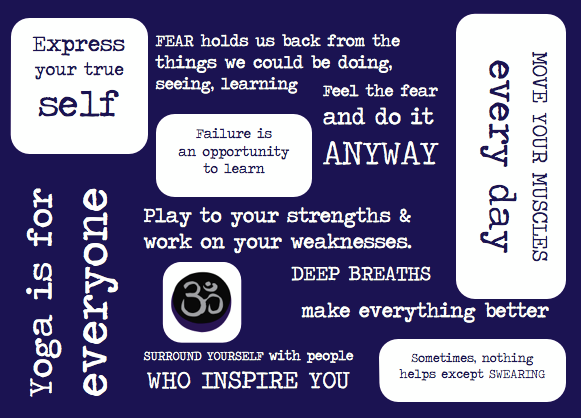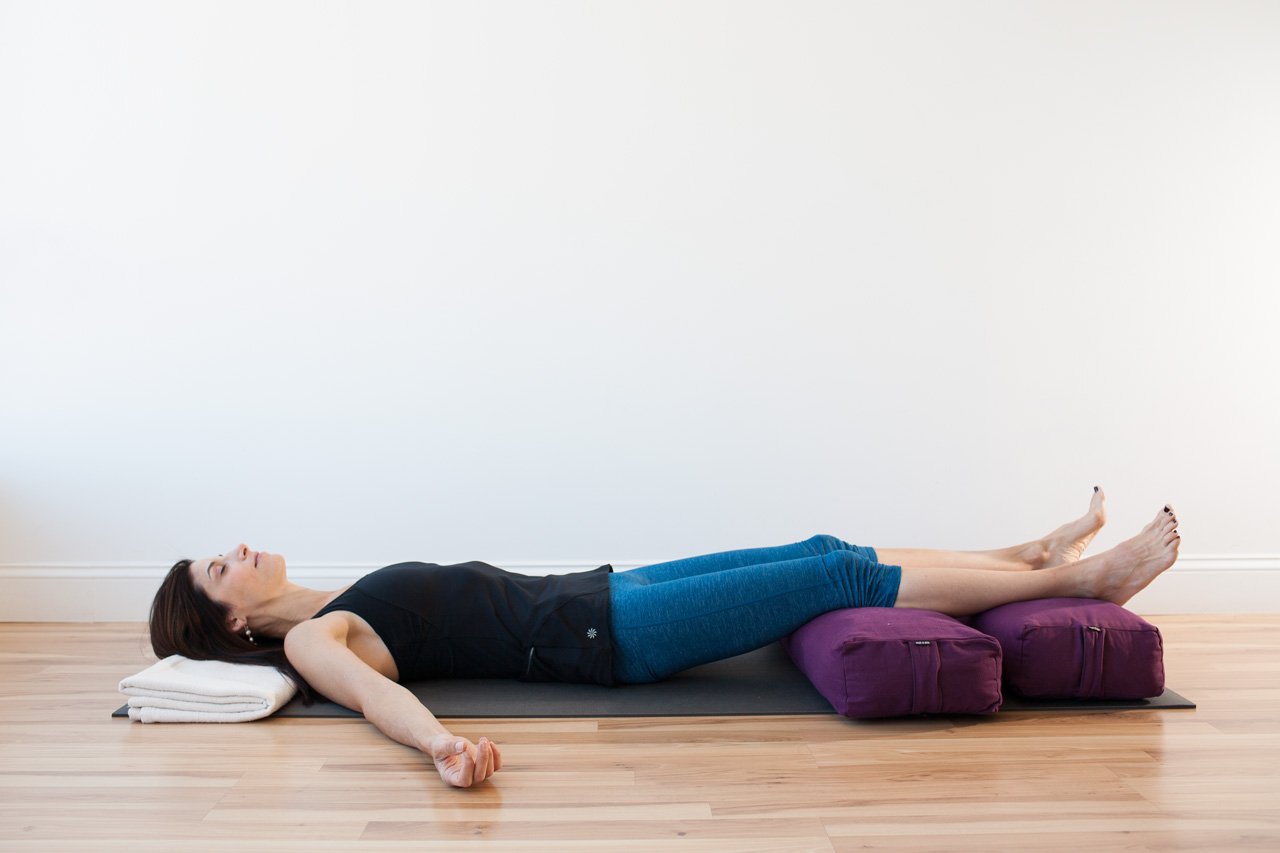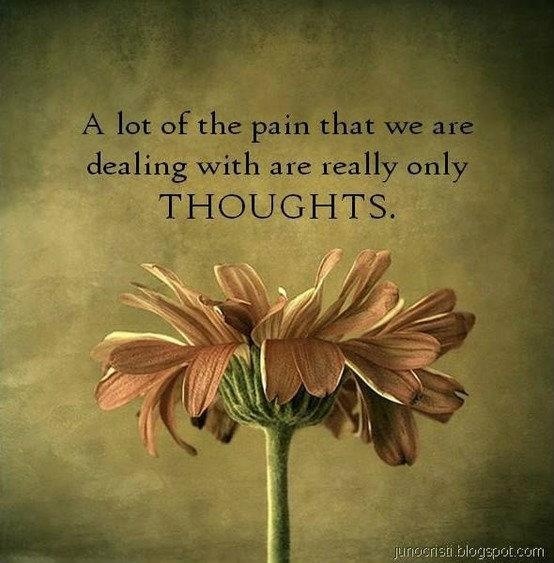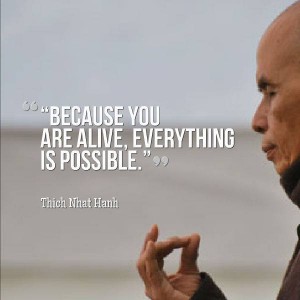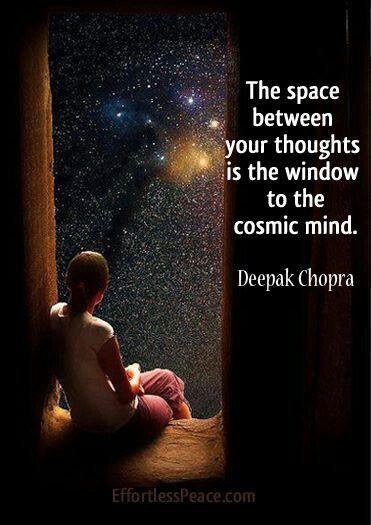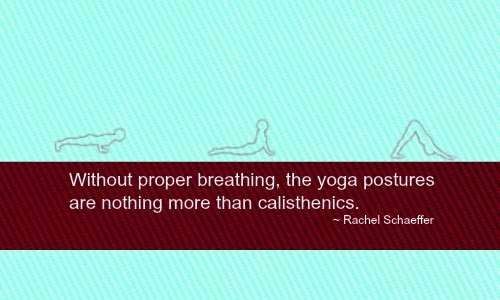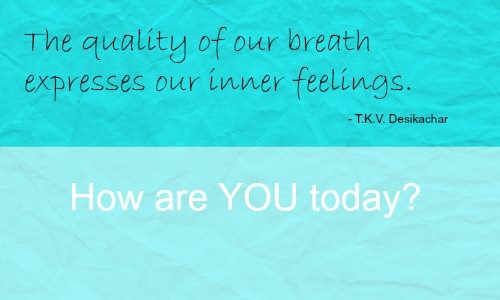Lower Backache
Many people complain of backache despite no structural issues. The figure above, for example, as a stick figure, has no lower back problems, and excellent posture, which either means it does lots of yoga or is just an illustration. Whether you have poor biomechanics and posture during the day, sit, stand or drive a lot, or are just very active, accumulated stress and tension can accumulate in the lower back and cause a feeling of dullness and tightness. Some of the muscle groups involved include tight hip flexors, tight hamstrings, inflamed Si joint, mid back rigidity. Note that each person is unique and may need to explore their own back issues, and sometimes a practitioner needs complete rest rather than any type of movement. Yoga is not a magic pill. It is a practice.
Restorative Yoga for Backache
Some of the key ingredients to a healthy back might include balancing your active yoga practice with:
- Traction
- Mobility
- Stability
- Flexibility
or a combination of all of these to eliminate the compression. Healthy postural habits must also be learned otherwise the ease you gain will be easily lost when you go back to daily living. Use your yoga practice to learn new skills and tools.
The emotions and backache
Emotional overload and stress can also create discomfort in the lower back, because the mind is in the body! We also need:
- Breathing to ease the mind
- Relaxation to soothe the nerves
What a Restorative Class Can Do
Restorative yoga involves a series of prop-supported asanas held for prolonged periods. This may facilitate the transition from lower back discomfort to comfort and well-being. Come explore this themed class and reap the benefits!
